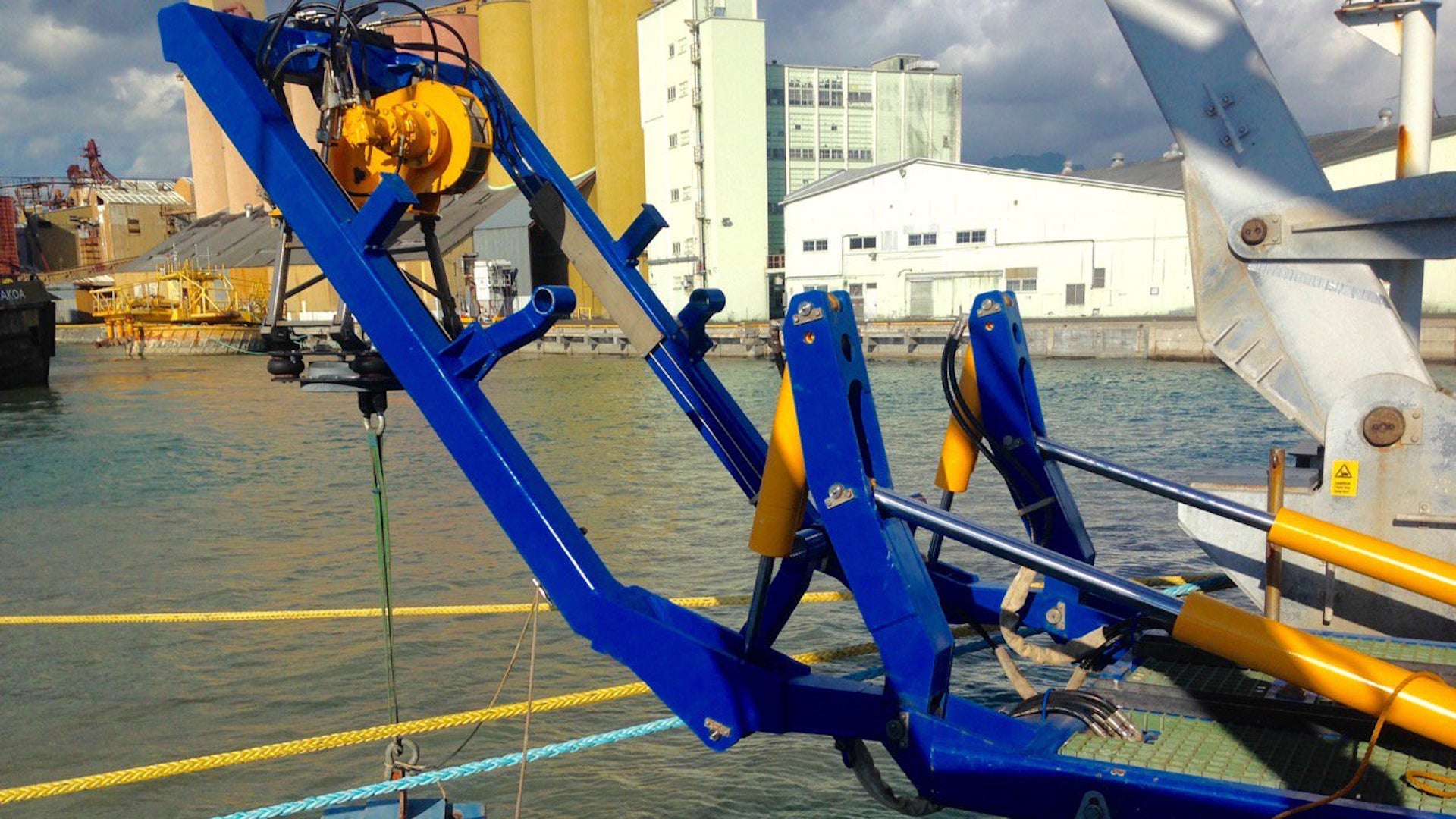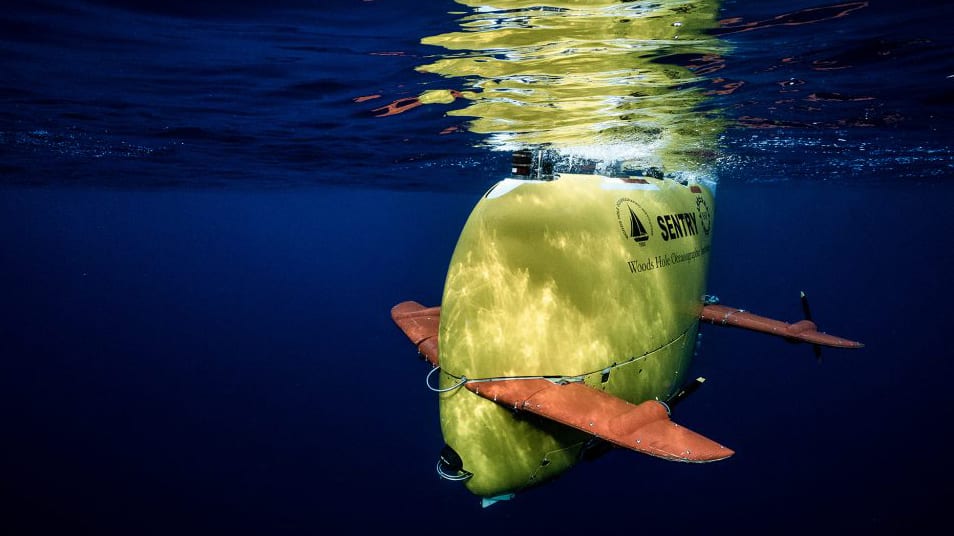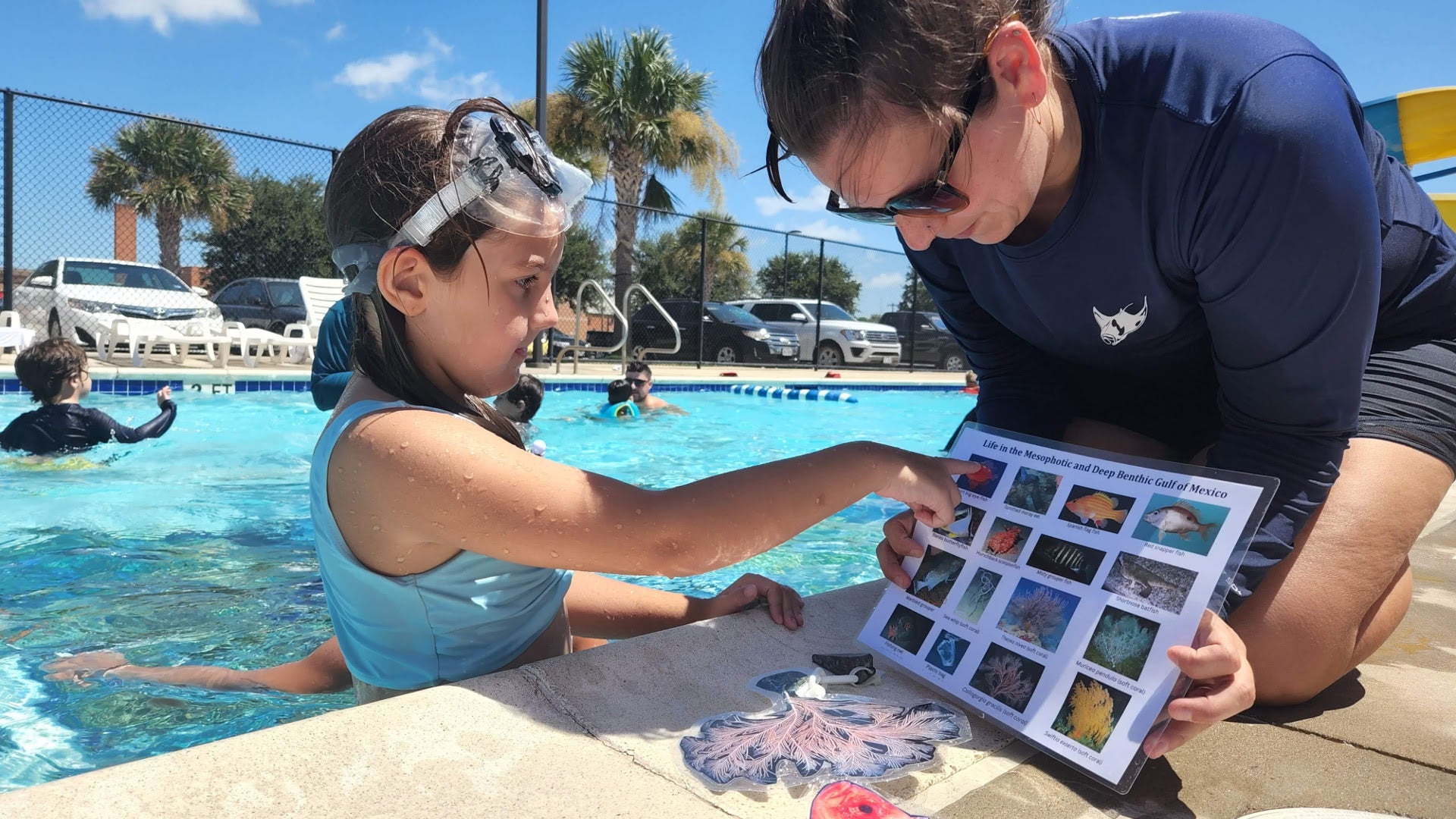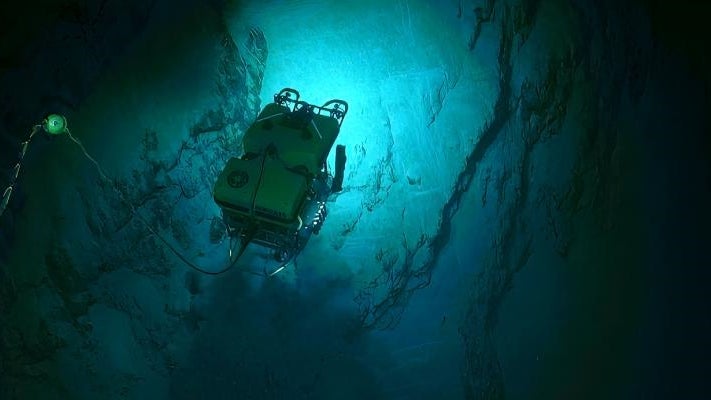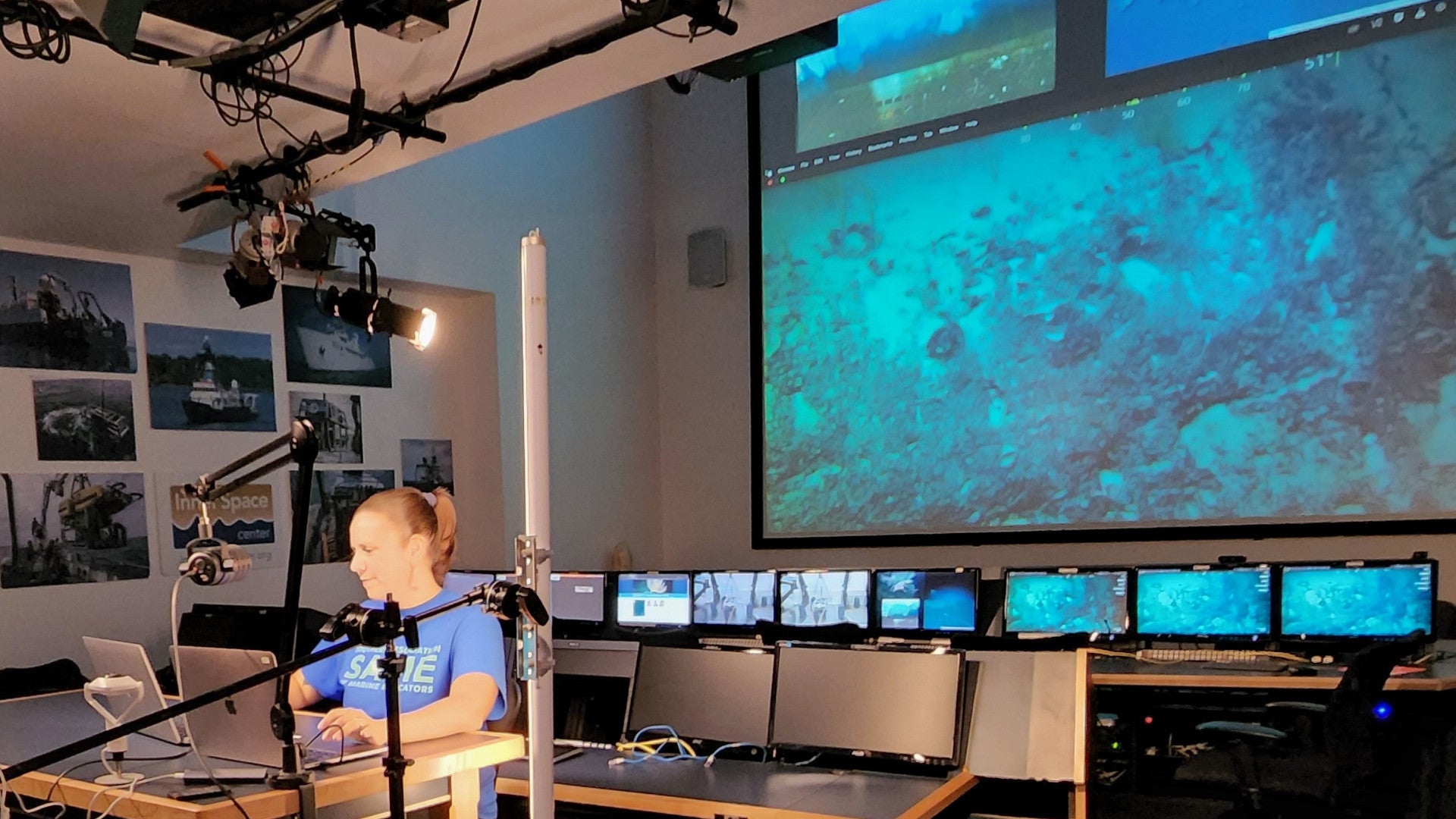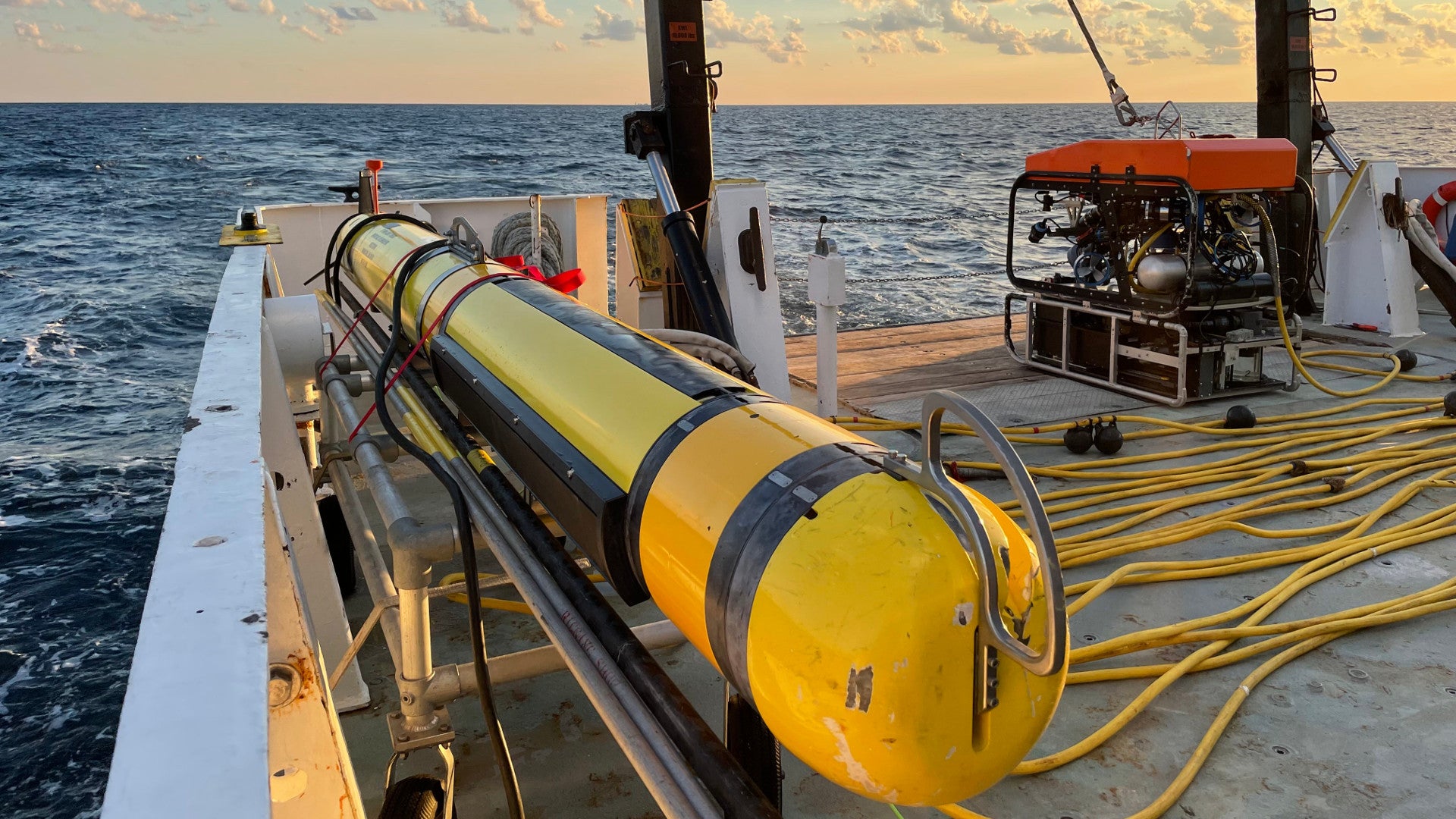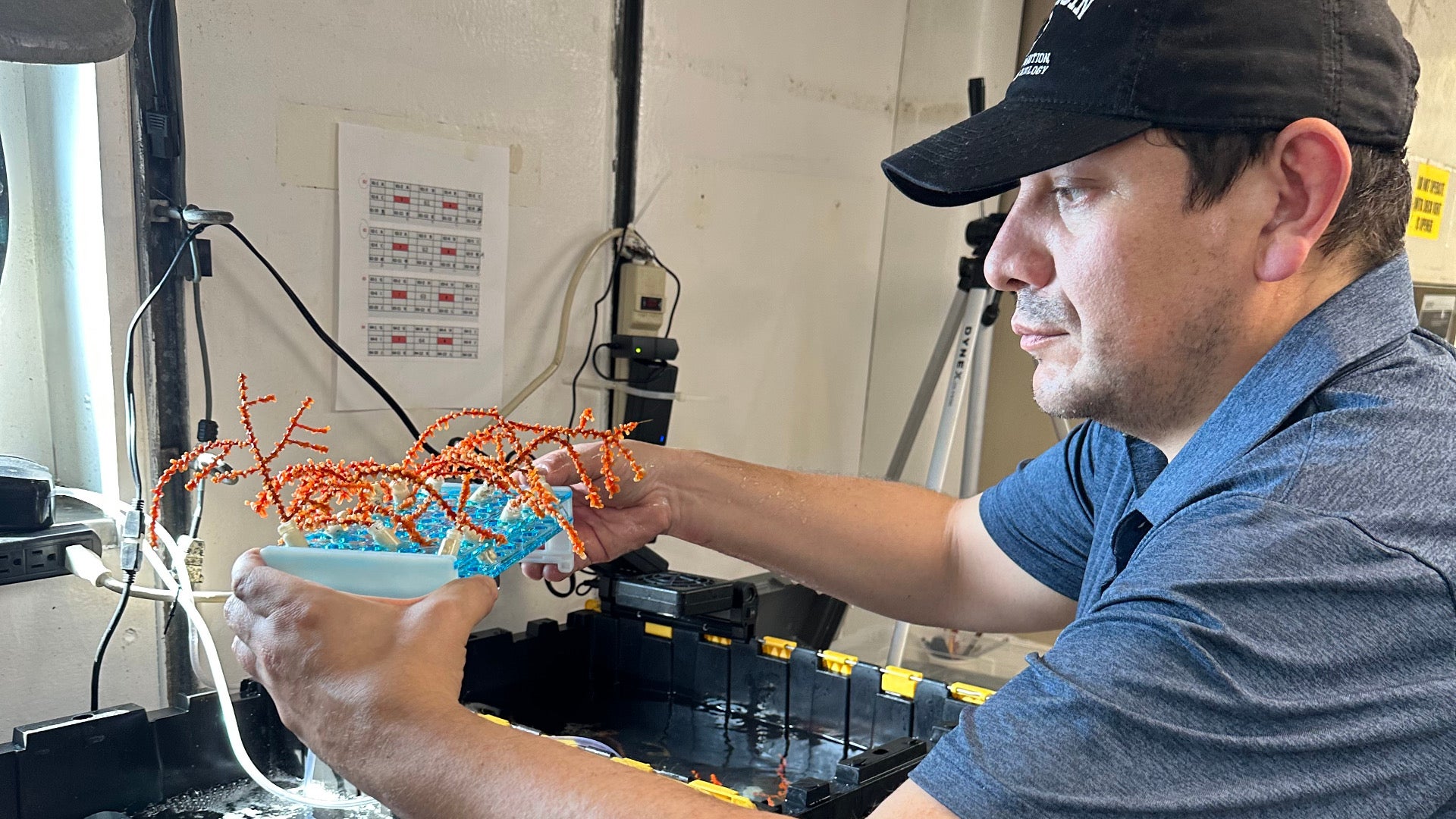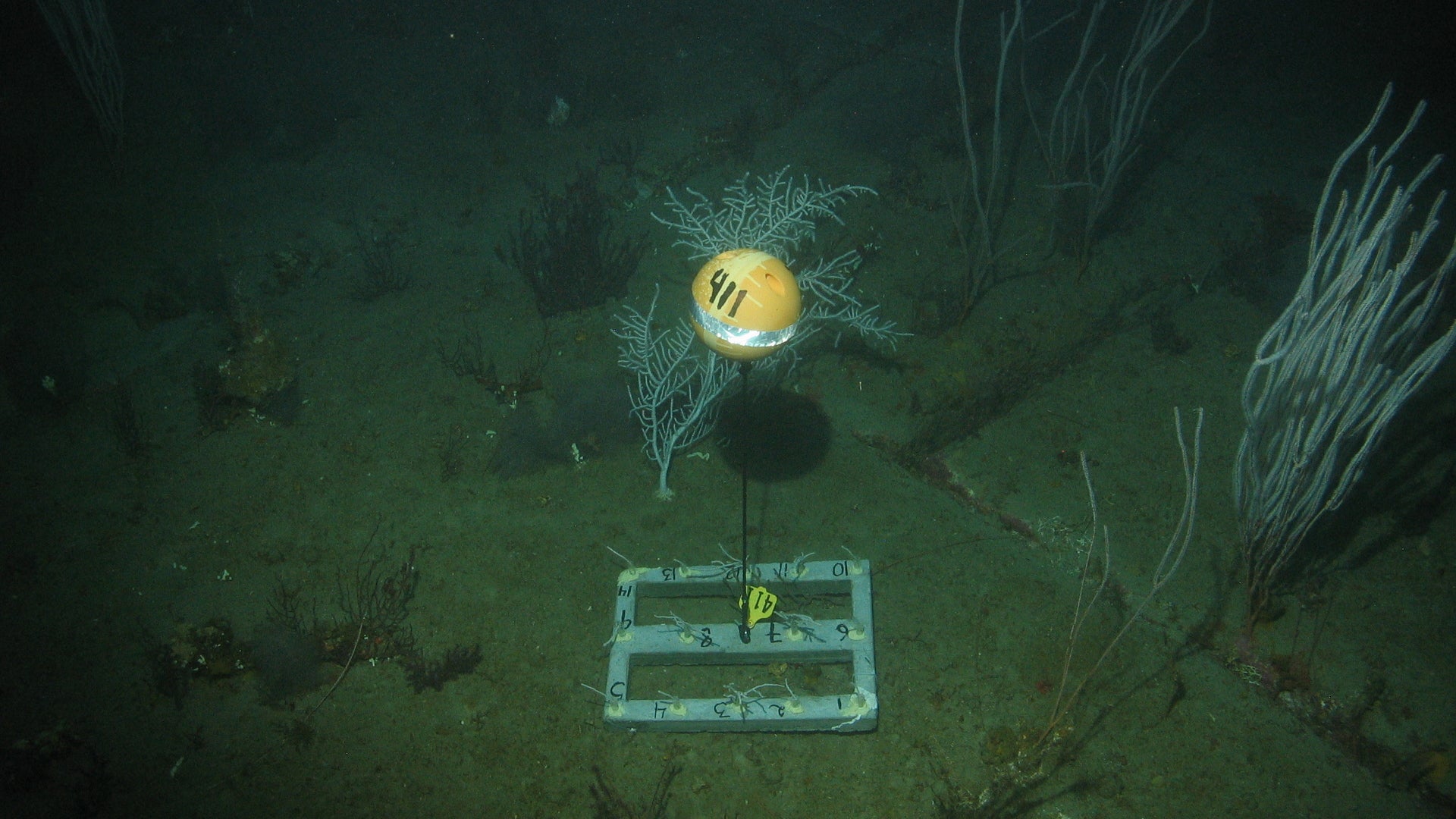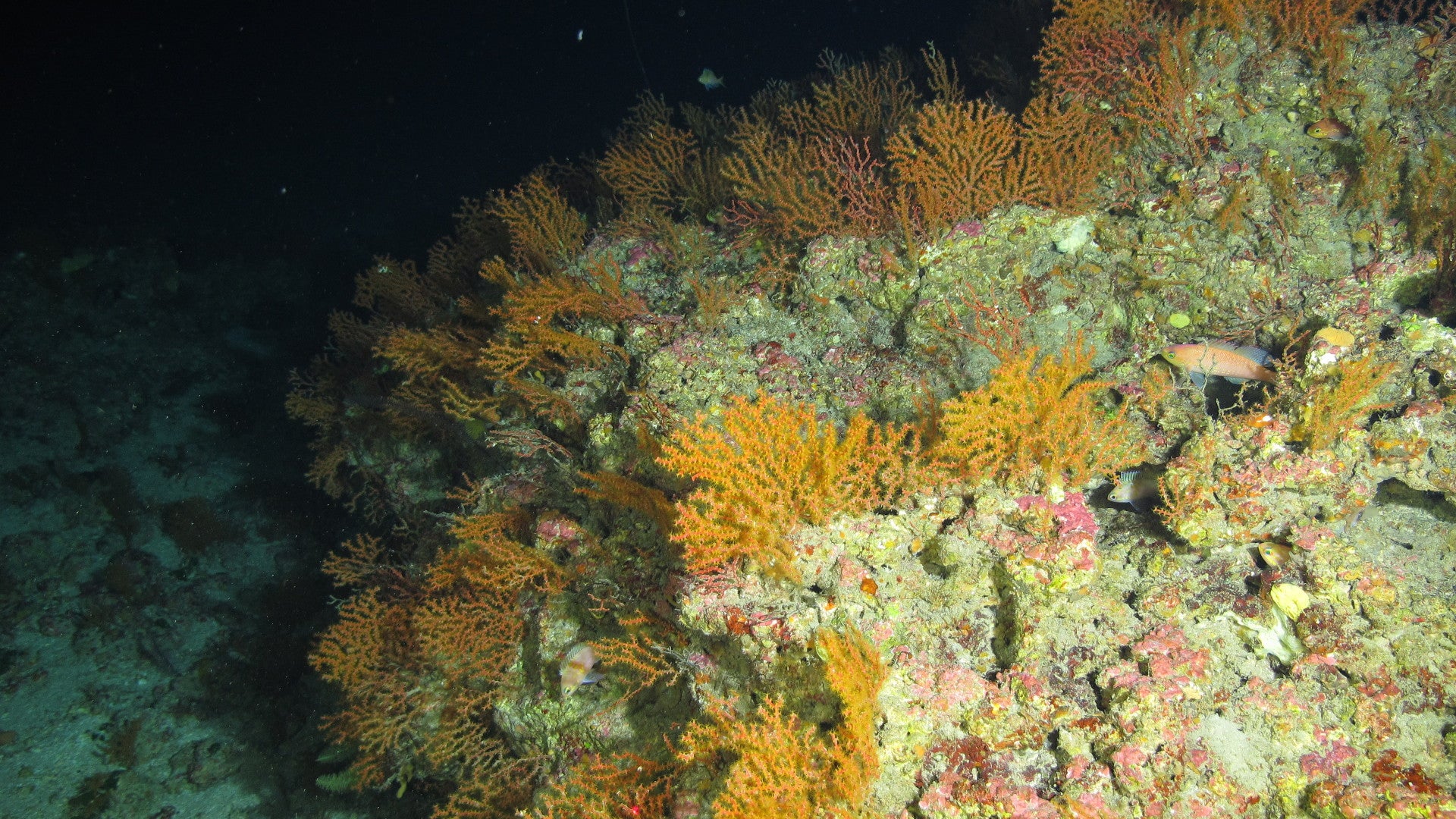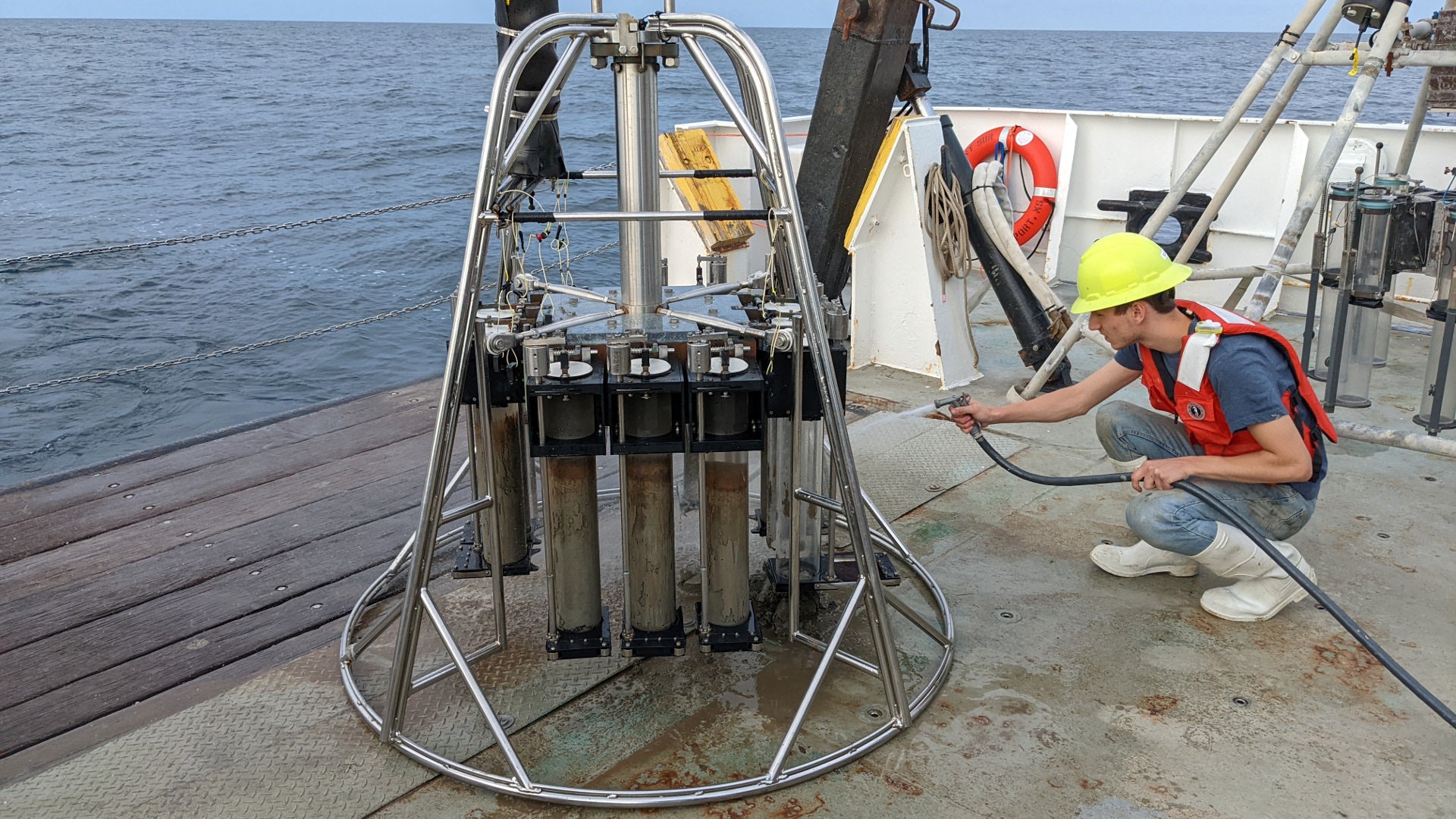Mesophotic and Deep Benthic Communities Restoration Activities – Year 5
MDBC Overview
On April 20, 2010, an explosion occurred on BP’s Deepwater Horizon offshore drilling platform in the Gulf of Mexico. Before the well was ultimately capped 3 months later, roughly 134 million gallons of oil had spilled into the Gulf. The largest offshore oil spill in U.S. history, the Deepwater Horizon incident dealt a heavy blow to the Gulf of Mexico’s natural resources and economy. It also required an unprecedented response effort. Teams worked to collect, disperse, and remove the oil to reduce harm to people and the ecosystem, which provides many services for the region.
The Deepwater Horizon oil spill harmed more than 770 square miles of deep-sea habitat – an area about half the size of Rhode Island. Among other impacts, seafloor-dwelling organisms suffered from oil toxicity and were smothered with drilling sediments. The oil contaminated seafloor habitat and the marine food web. As part of a Natural Resources Damage Assessment settlement and associated restoration plan, Mesophotic and Deep Benthic Communities (MDBC) were identified among 13 categories of resources to be restored, in order to address the harm to seafloor communities in the deeper zones of the Gulf of Mexico. In 2019, an integrated portfolio of four projects was selected to begin these restoration efforts.
The Ocean Exploration Cooperative Institute is supporting the Mesophotic and Deep Benthic Communities restoration portfolio through a wide array of projects that leverage the expertise of our partner institutions.

